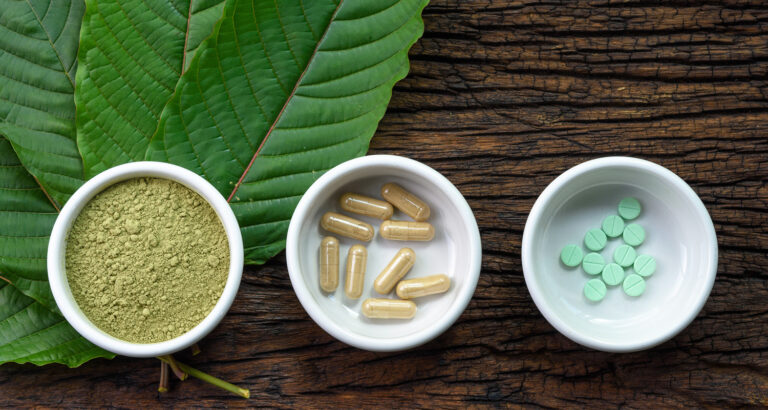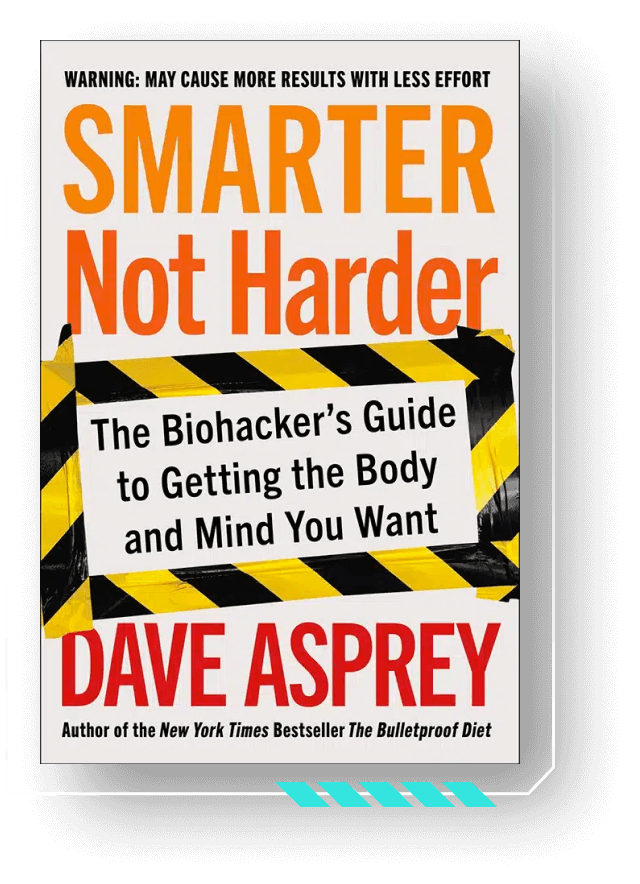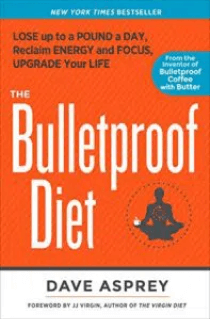
Performance enhancers have always been controversial, whether you’re using nootropics, testosterone therapy, or something as simple as Bulletproof Coffee.
Kratom is one of the most controversial performance enhancers on the market today. Some people claim that it enhances focus and mood and improves physical performance, while others say kratom is dangerous and shouldn’t be legal.
Here’s a closer look at kratom, its benefits, side effects, and how to take kratom if you want to experiment with it as a performance enhancer.
What Is Kratom?
Kratom (Mitragyna speciosa) is a tropical evergreen tree that’s native to Southeast Asia. It’s part of the coffee plant family, and natives of Southeast Asia have used it for centuries as a medicinal plant and both a physical and mental performance enhancer.
Kratom contains more than 40 unique phytochemicals, most notably mitragynine and 7-hydroxymitragynine—alkaloids that are in the same chemical group as caffeine.
Like caffeine, kratom has a powerful and immediate effect on your performance. This is a supplement you’ll feel within minutes of taking it.
3 Benefits of Kratom
Kratom is unusual because its effects change based on the dose you take. Lower doses of kratom have a stimulant effect, while larger doses make you feel more relaxed and give you a sense of easygoing calm.
In other words, you can choose how kratom enhances your performance, depending on the dose you take.
Increased Energy & Mental Focus
Kratom grows abundantly in Indonesia, and for centuries, laborers such as farmers have used kratom for better energy and concentration throughout the workday.
Kratom is classified as a stimulant at lower doses. It improves mental focus and mental endurance[*] in a way that’s similar to the effects of caffeine.
However, kratom works on different brain pathways, and many people who take it report fewer jitters than they get with a cup of coffee. If you’re especially sensitive to caffeine, kratom may be a good alternative.
Better Physical Endurance
Kratom also works well as a pre-workout. It suppresses fatigue and increases pain tolerance, which can make it useful for getting through an intense workout[*]. A growing number of biohackers take low-dose kratom before the gym.
Relaxation and Stress Relief
At higher doses, kratom acts on opioid receptors in your brain, creating a relaxing effect that relieves stress[*]. It also acts as a mild muscle relaxant, helping you get rid of tension on a physical level[*].
Side Effects of Kratom
Kratom can be a valuable performance enhancer. However, it can also have side effects, and you want to make sure you use it properly.
Kratom can be addictive in people who take it consistently[*]. Your brain pathways adapt in response to kratom’s effects and you begin to need more of it to feel normal—a process called tolerance. For this reason, a lot of biohackers choose to take “tolerance breaks” from kratom, taking it for 7-10 days, followed by 2-3 days off.
You also want to be careful about the type of kratom you take. More and more companies sell kratom extracts, which are several times more powerful than natural kratom leaf. Extracts come with more pronounced side effects and risks, and you’re probably better off sticking to plain leaf kratom.
My go-to source of kratom is Super Speciosa. They’re certified by the American Kratom Association, which means they adhere to strict guidelines that guarantee safe and effective kratom. All of their kratom is tested in small batches by a third-party lab for heavy metals, contaminants, and purity. They sell 100% pure mitragyna speciosa leaf in its natural state, and all their packages have a QR code that allows you to see the lab results for the specific batch you receive.
Kratom Dosing
You can get kratom in capsule, powder, and tablet form. Kratom can taste very bitter, so you may prefer capsules or tablets. You can also consume it as a tea (in prepackaged tea bags) or mix it with food or smoothies.
The recommended serving size for kratom is 2.4 grams or 1 teaspoon, not to exceed two servings in 24 hours.
Kratom affects everyone differently, so start slow and see how your body responds to it. This is where experimentation comes in; you’ll have to adjust the serving size to find your sweet spot.
Moderation is also key. Start a smaller serving size and take kratom only 2-3 times a week at first, to see how you feel. You can take kratom with food or on an empty stomach.
And as always, talk to your doctor about kratom. This is not medical advice, I’m not a doctor, and your experiments are your own.
In my experience, kratom is worth trying, especially when you get a good source. For me, it’s an occasional biohack. I save it for when I really want to focus or get an especially good workout in. It’s a powerful performance enhancer and, if you’re inclined to try it, it’s a useful thing to have in your biohacking toolbox.












